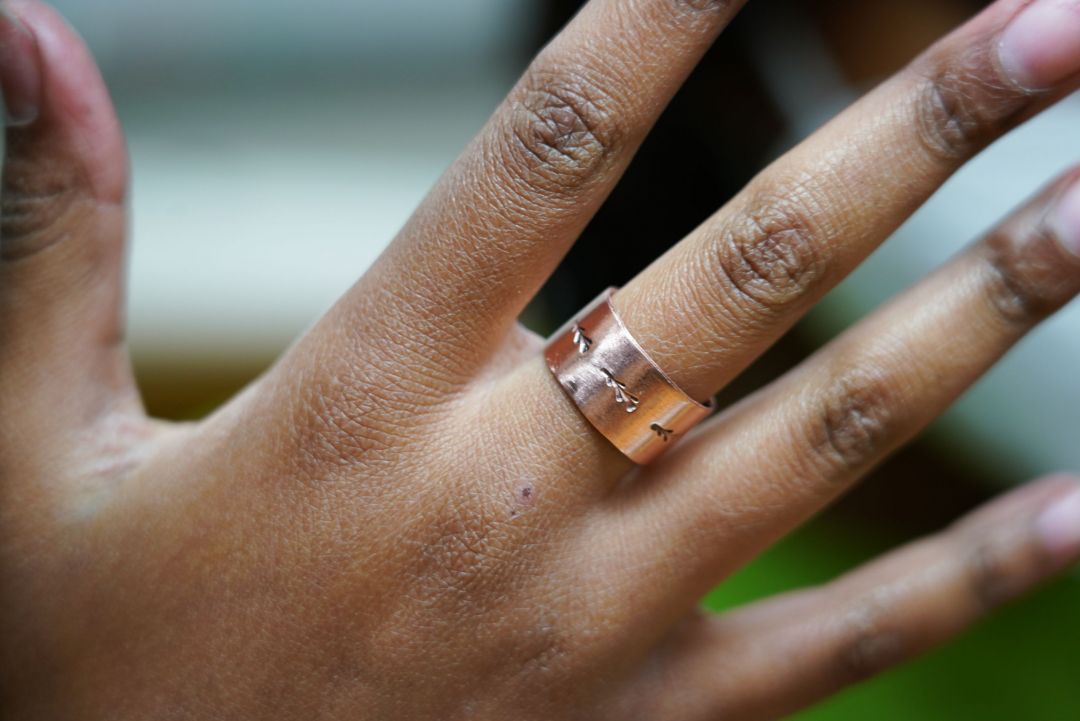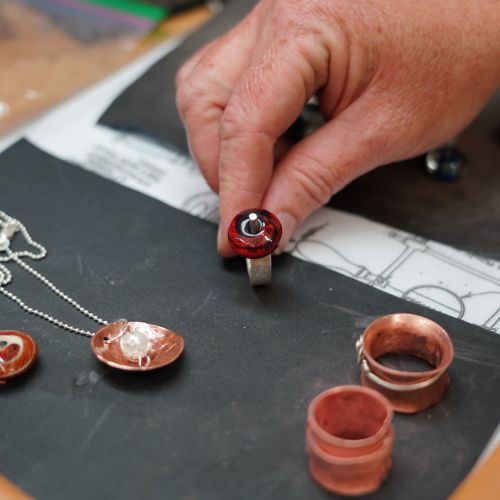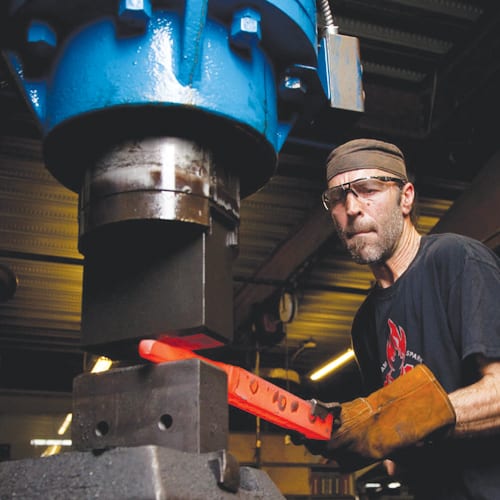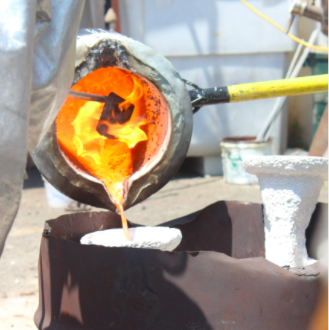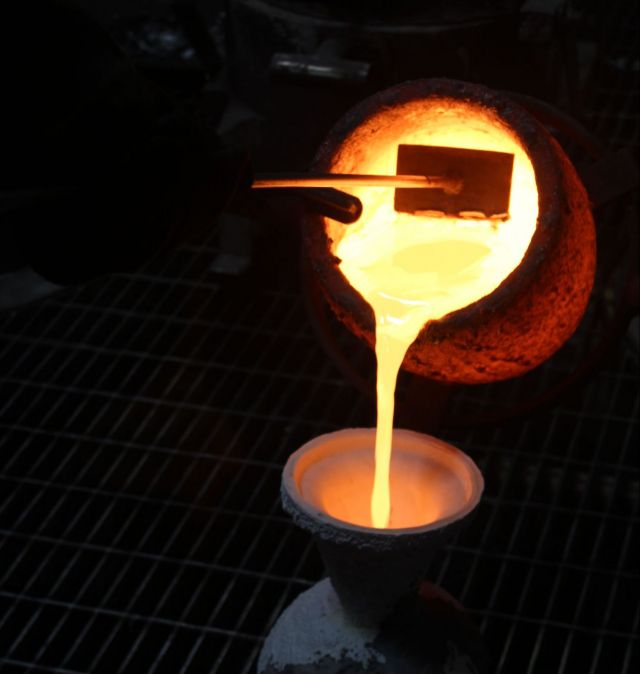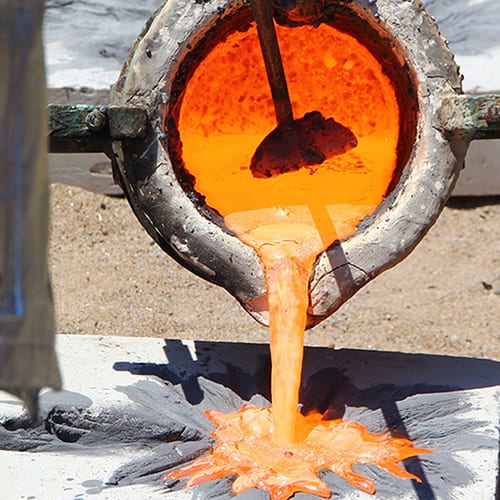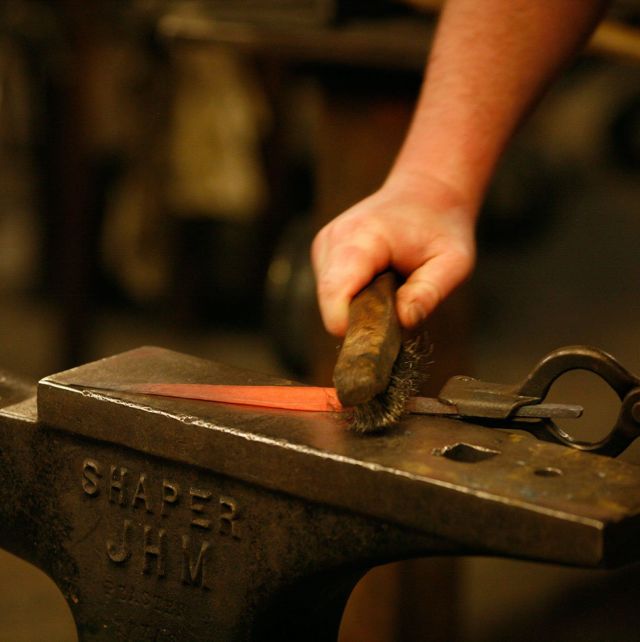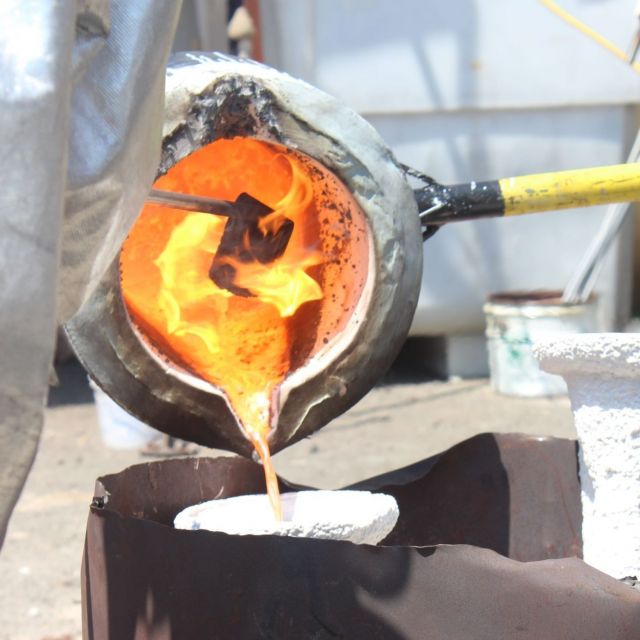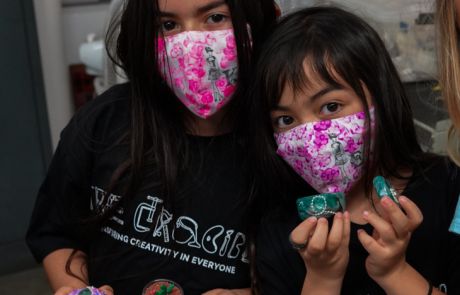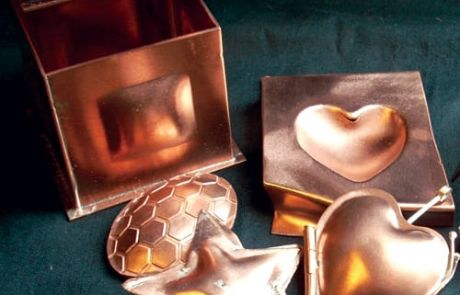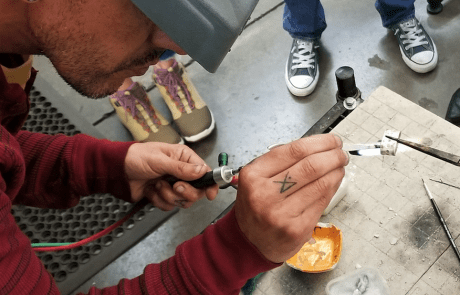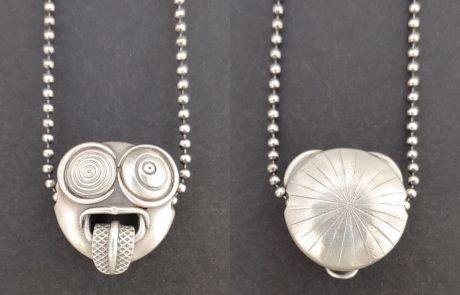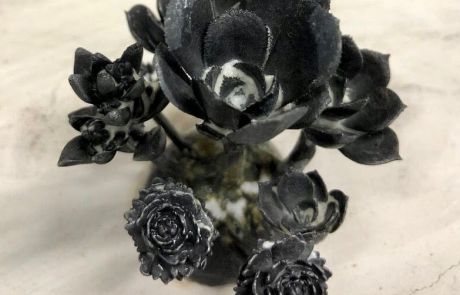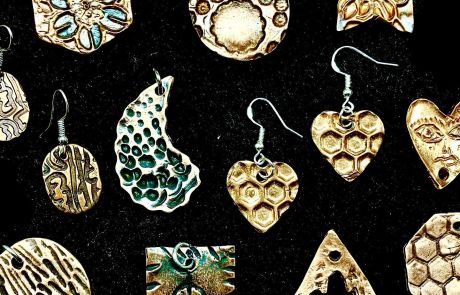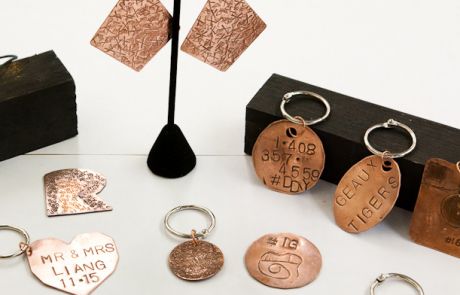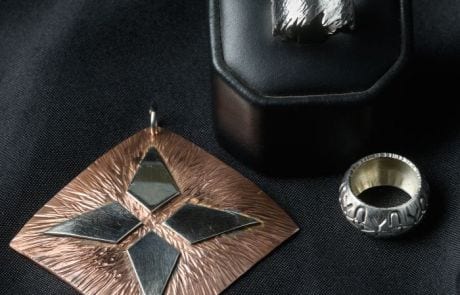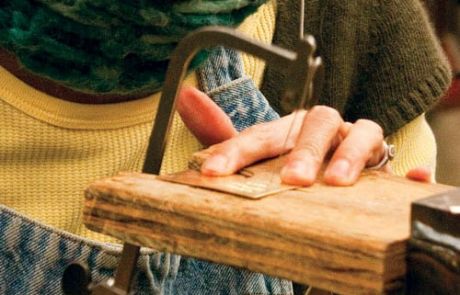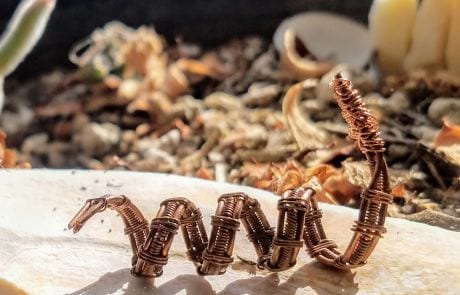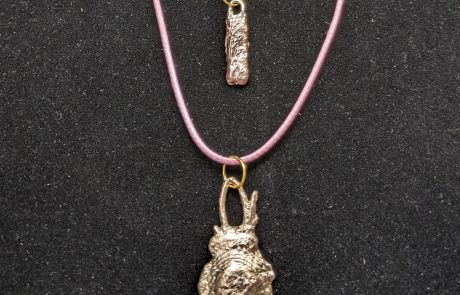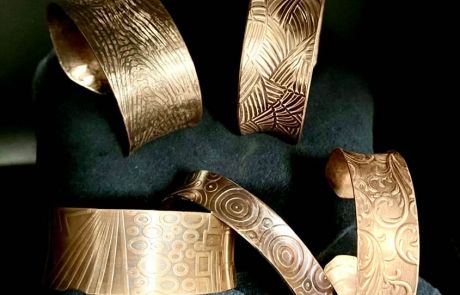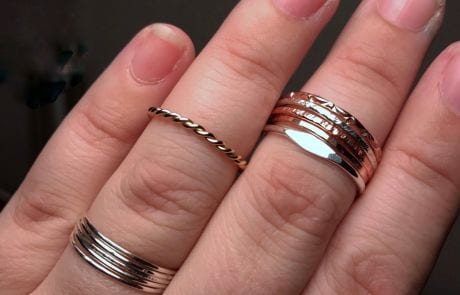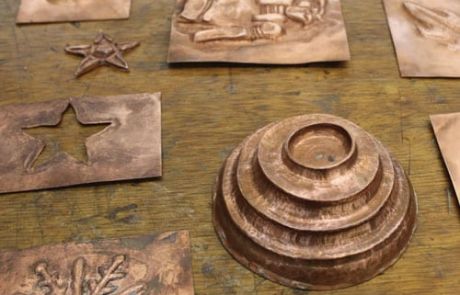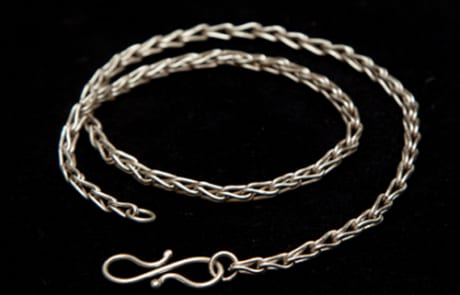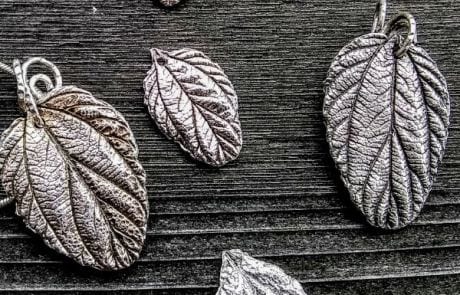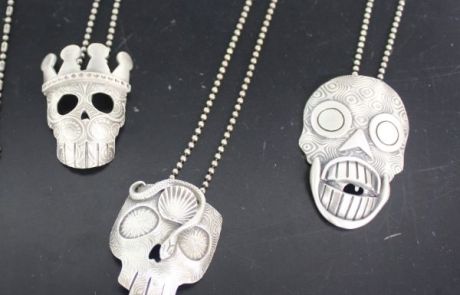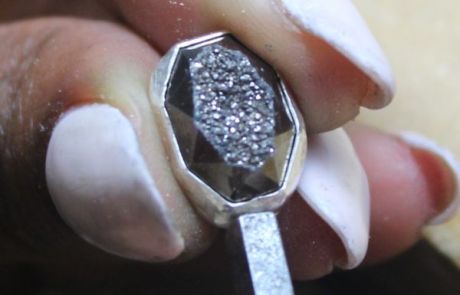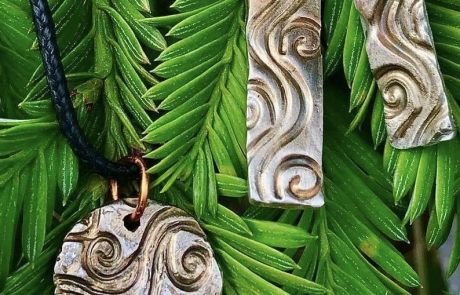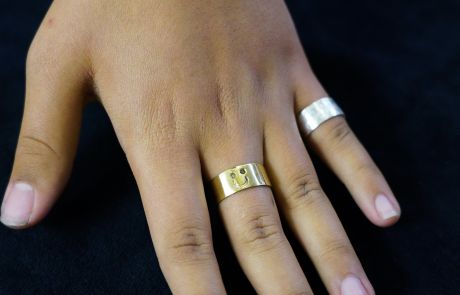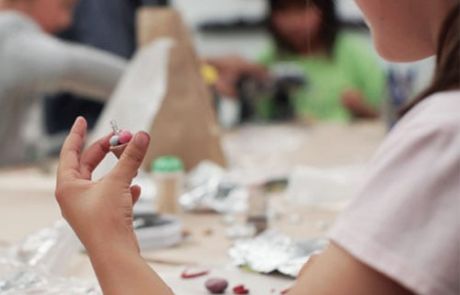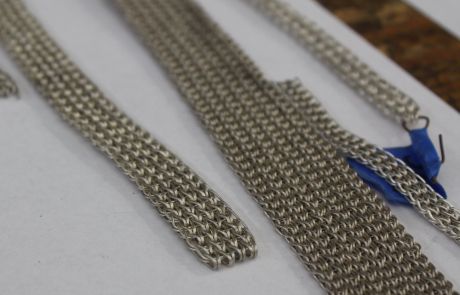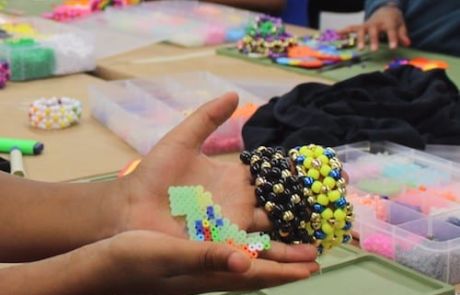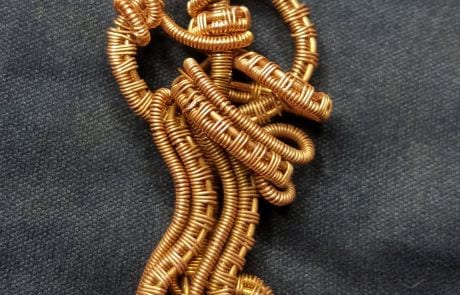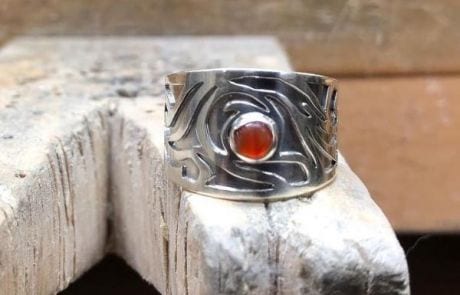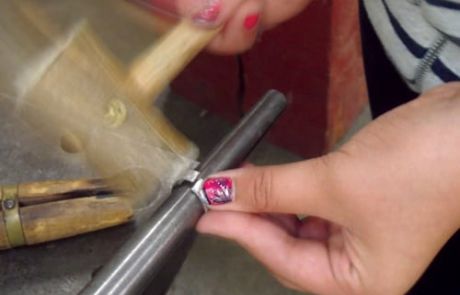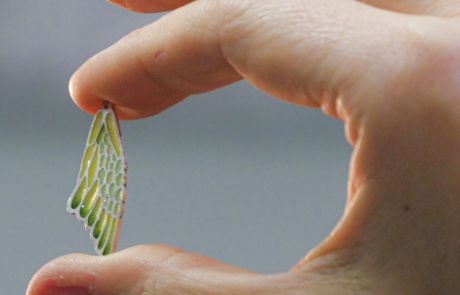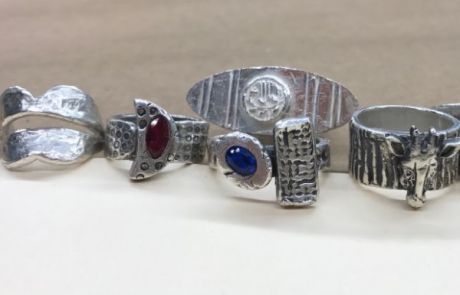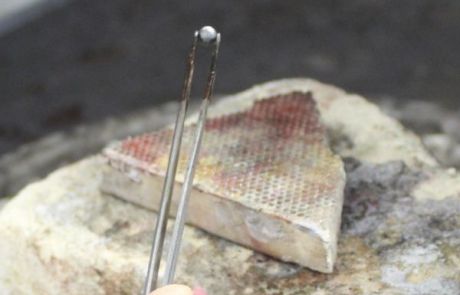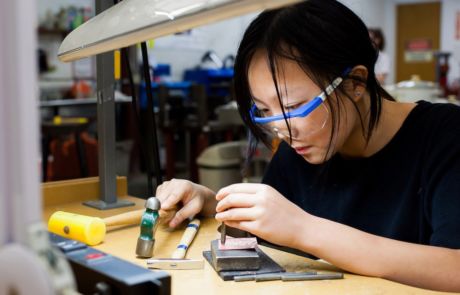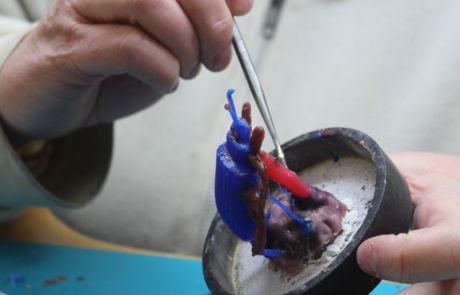JewelryMetal
Guide to Jewelry Making
By Kristin Arzt
Guide to Jewelry Making
Guide to Jewelry Making
Jewelry making dates back thousands of years and crosses many continents, with a rich history in personal adornment and symbolism. It encompasses many materials, from beads to wire, gemstones to precious metals. You may choose to embark on jewelry making as a hobbyist or even as a professional jeweler. This guide will cover different types of jewelry and how you can make jewelry at home.
The different types of jewelry making
Jewelry making is the process of creating ornamental pieces worn for personal decoration or adornment. The materials can range from stone to precious metals, and the techniques are versatile and limitless. Various types of jewelry making incorporate different skills, so be sure to research the different types before you begin.
Beaded Jewelry
Beaded jewelry is the art or craft of attaching beads by stringing them with a needle and thread or thin wire. Beads used in jewelry are small pieces of plastic, glass, gemstones, or wood, typically round in shape, with a hole in the center for threading.
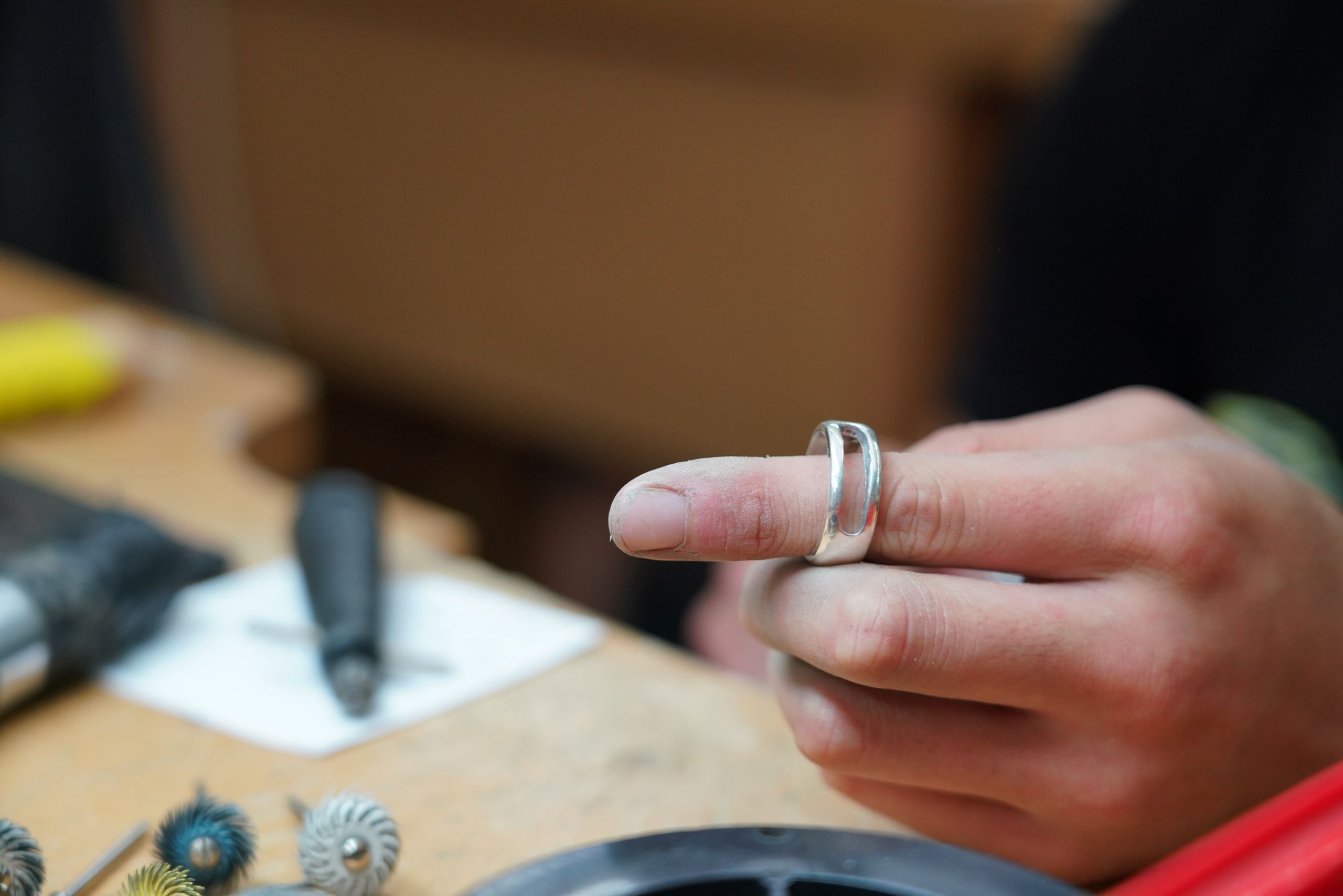
Wire jewelry
Wire wrapping is one of the oldest jewelry-making techniques, dating back 4,300 years in Iraq. It was traditionally used as a storytelling technique and is now used to make jewelry and sculptural artwork. The process consists of wrapping wire components over one another to connect them without soldering or heat.
Silver and goldsmithing jewelry
Silver and goldsmithing are the processes of shaping precious metals into jewelry and small objects by hammering, casting, soldering, chasing, riveting, embossing, and more.
Glass fused jewelry
Fused glass is used to fabricate jewelry components, like pendants and small wearables. You only need a kiln and a few simple tools to create a finished fused glass piece. Different types of glass and colors of glass make the possibilities of fused glass jewelry limitless.
Metal Clay Jewelry
Metal clay jewelry is made from a special type of clay that becomes solid after it is fired in a kiln. The clay is easy to shape by hand or using tools before firing in the kiln. You can make metal clay beads, pendants, solid rings, and more.
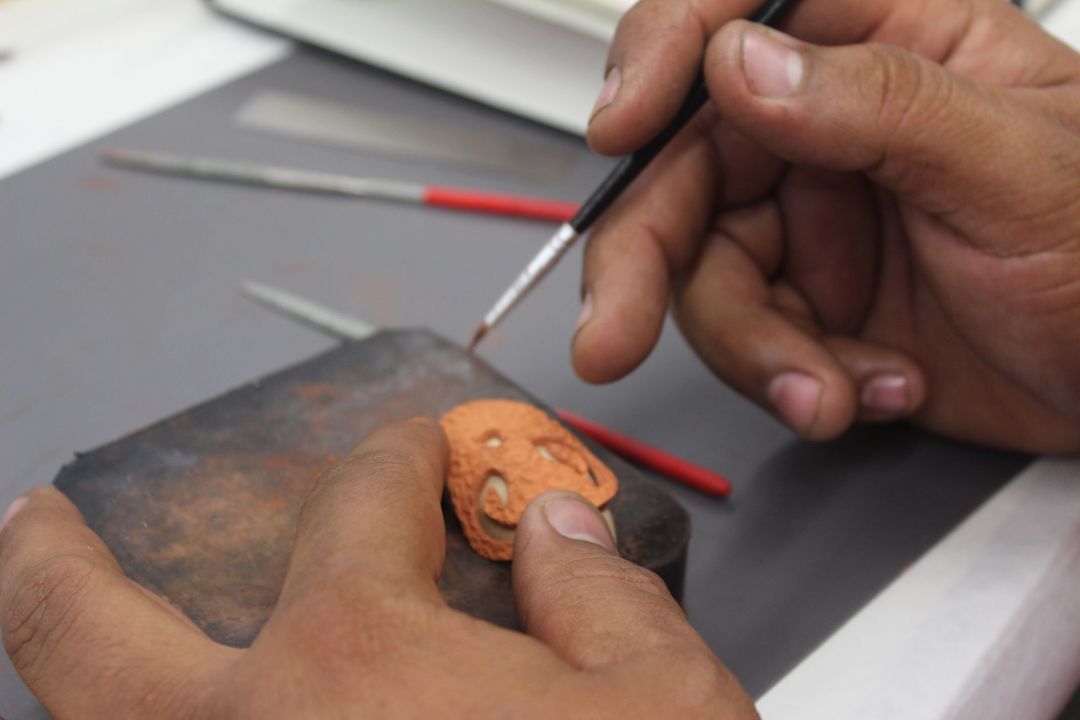
How to make jewelry at home
You can make jewelry at home with a few basic tools and materials. Some types of jewelry making will require a more considerable investment in equipment. If you know you want to make jewelry at home, make sure you do your research before committing to a specific technique.
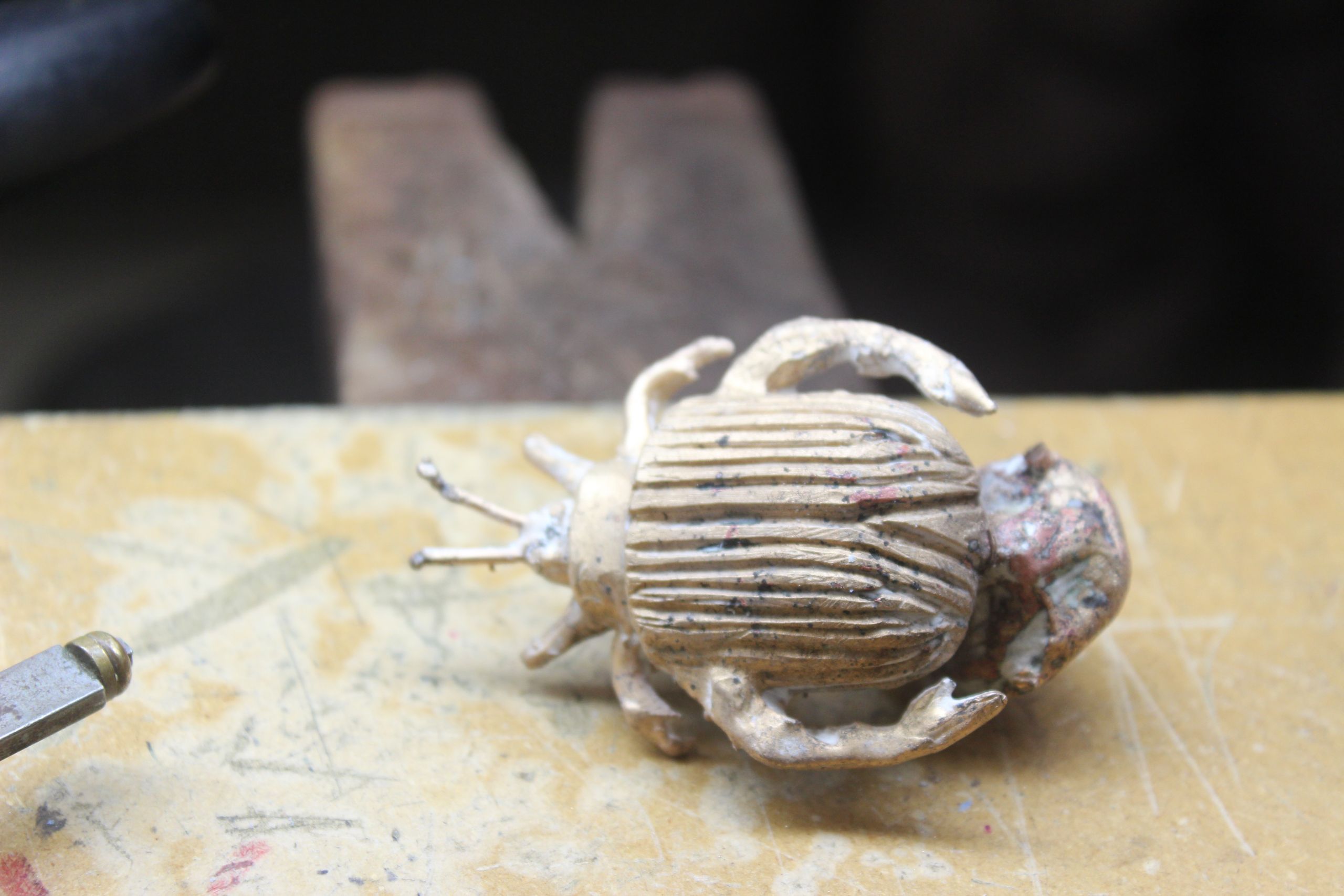
The history of jewelry making
Jewelry has been worn for so long that it’s almost impossible to imagine a world without it. The earliest known example of jewelry was a necklace made of bones, dated around 25,000 years ago, found in Monaco. Early stone jewelry originated in Iran and the Mediterranean between 3,000 and 400 BC. Many stone amulets featured simple carvings with symbols like flowers and stars and served as tributes to gods. Ancient Egyptians decorated their tombs and mummies with talismans, featuring ornate gems and stone-carved symbols. As far back as 1200 B.C, Greeks wore jewelry to reflect prosperity and wealth, made of gold and gemstones, and often as an offering to gods. The Romans believed in magic and myth and had a deep respect for the symbolism of gemstones. They resourcefully also melted down gold coins to cast into jewelry.
When Emperor Constantine moved the capital of The Byzantine Empire to Constantinople in 330 A.D., it became a hub for the arts, merging the rich cultures of Greece, Egypt, the Near East, parts of Russia, and North Africa. It was a melting pot for design and symbolism in the creation of ornamental jewelry and where the art of cloisonné enameling flourished. When Rome fell in 476 A.D., many luxuries like jewelry became even rarer from everyday life. Churches held most of the wealth and ornate jewelry. In the Middle Ages, nobility and churches looked down on commoners wearing jewelry and enforced this through Sumptuary Laws.
Throughout the Renaissance, jewelry became more accessible to the masses, and artists made great strides in creative designs and wearable artwork. Most modern jewelry continues traditional forms and styles. While historical techniques remain mostly unchanged, new innovations are changing the landscape, like 3D printed casting and lab-grown gemstones.
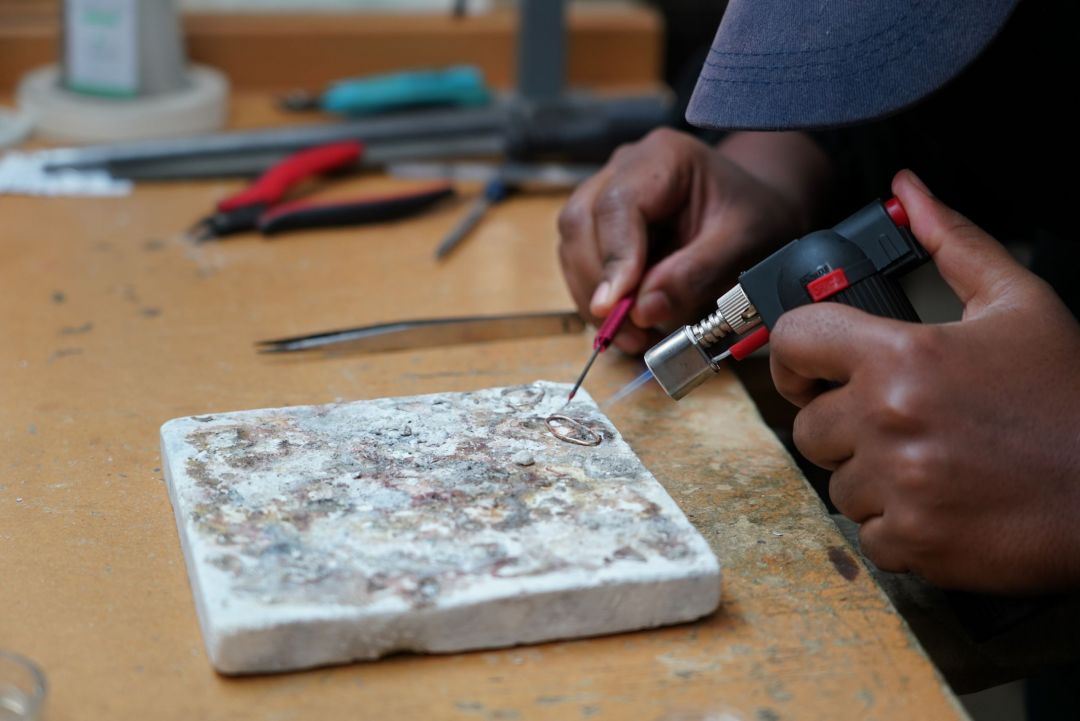
How to learn jewelry making
The Crucible offers classes that teach various methods of jewelry making, from traditional metalsmithing and fabrication to casting metal using the lost wax method, setting gemstones, or shaping modern resin and clay. Our classes allow you to create original pieces of jewelry or small sculptures, expand your knowledge of specific techniques, or even make your own tools. You can also design your own studio at home, based on the type of jewelry you want to create.
Jewelry making as a hobby vs. profession
Jewelry making is more accessible now than ever before. You can begin jewelry making through online tutorials and in-person classes. From there, you may decide if you would like to become a professional jeweler or simply make jewelry as a hobby.
If you choose to make jewelry as a hobby, you can make jewelry only for yourself and close friends. It can be a more exploratory adventure, discovering the endless techniques, alloys, gemstones, and more. It will be a smaller financial investment to explore jewelry as a hobby.
If you are interested in embarking on jewelry-making as a profession, it will require a greater investment in time, marketing, equipment, and education. Professional jewelers often specialize in a specific jewelry technique and metal alloy, like a goldsmith. They can release their work in seasonal lines, which display a cohesive body of their work.

Jewelry making FAQs
What do you need to make jewelry?
First, decide on a design and metal to work with, from copper to brass or silver to gold. There are several tools you will need to start making jewelry, and the specific tools depend on the jewelry technique you plan to practice. Some basic tools that will get you started are a jeweler’s saw, flush cutter, round nose pliers, flat nose pliers, and chain nose pliers. It is also great to have practice material on hand. It is smart to practice your designs on less expensive copper before fabricating your piece in silver. Last but not least, bring your imagination to the workbench! There are so many possibilities when you start to fabricate jewelry.
What type of jewelry should I learn to make first?
If you are interested in getting started at home with a low startup cost, wire wrapping is the easiest type of jewelry to learn first. The startup cost is relatively low, and it does not require a major investment in equipment. You can teach yourself basic wire wrapping techniques through online video tutorials and guides. Beginner techniques in jewelry making covered at The Crucible are annealing, texturing, stamping, filing, sanding, and polishing.
Is it profitable to make jewelry?
Every jewelry artist has started as a beginner at some point, so you too can become a successful jeweler with experience and business savvy. Like any business, there may be high startup costs to invest in equipment, studio space, and materials. It will likely take some time before you can turn a profit. If you are interested in being your own boss, perfecting your technical skills, and spending time developing your brand, you can be a profitable jeweler who adds beauty to people’s lives through your creations. The Crucible partners with Centro Community Partners in their Basic Entrepreneurship Program, which empowers artists to build a sustainable business and be their own boss.
